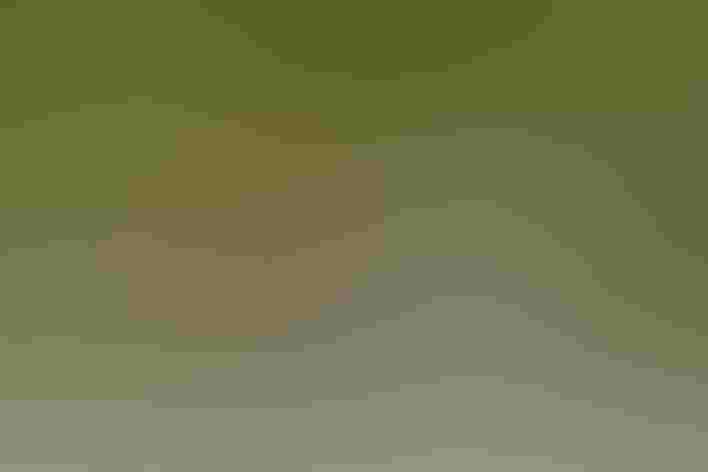Mountain Bluebird
At a Glance
The powder-blue male Mountain Bluebird is among the most beautiful birds of the West. Living in more open terrain than the other two bluebirds, this species may nest in holes in cliffs or dirt banks when tree hollows are not available. It often seeks its food by hovering low over the grass in open fields. During the winter, Mountain Bluebirds often gather in large flocks, even by the hundreds, sometimes associating with Western Bluebirds.
All bird guide text and rangemaps adapted from Lives of North American Birds by Kenn Kaufman© 1996, used by permission of Houghton Mifflin Harcourt Publishing Company. All rights reserved.
Category
Perching Birds, Thrushes
IUCN Status
Least Concern
Habitat
Desert and Arid Habitats, Forests and Woodlands, High Mountains, Shrublands, Savannas, and Thickets
Region
Alaska and The North, California, Northwest, Plains, Rocky Mountains, Southwest, Texas, Western Canada
Behavior
Direct Flight, Flitter
Population
5.600.000
Range & Identification
Migration & Range Maps
Migrates relatively late in fall and early in spring. Winter range varies from year to year, depending on food supplies. Flocks sometimes wander east on Great Plains, and lone strays occasionally go as far as the Atlantic Coast.
Description
7" (18 cm). Sky-blue male is almost unmistakable; other all-blue birds, like Indigo Bunting, are much darker. Female gray with blue tinges; gray flanks contrast with white belly; longer wings and tail than other bluebirds.
Size
About the size of a Robin, About the size of a Sparrow
Color
Blue, Gray
Wing Shape
Long, Pointed
Tail Shape
Notched, Square-tipped
Songs and Calls
Soft warbling notes.
Call Pattern
Falling, Flat, Undulating
Call Type
Chirp/Chip, Whistle
Habitat
Open country with some trees; in winter, also treeless terrain. Often in more open areas than other bluebirds. Breeding habitats not always in mountains; found in lowland prairies and sagebrush flats as well as alpine zones above treeline. In winter, most common in pinyon-juniper woods but also in open grassland, desert, farmland, even barren plowed fields.
Sign up for Audubon's newsletter to learn more about birds like the Mountain Bluebird
Behavior
Eggs
5-6, sometimes 4-8. Pale blue, unmarked (occasionally white). Incubation is by female, about 13-17 days.
Young
Both parents feed nestlings. Young leave the nest about 17-23 days after hatching, are tended by parents for another 3-4 weeks. 2 broods per year.
Feeding Behavior
Often forages by hovering over open field, then dropping to the ground when prey is spotted. Hovers more than other bluebirds. Also perches on rock or low branch and darts out to catch flying insects.
Diet
Mostly insects and berries. Feeds heavily on insects, including beetles, grasshoppers, caterpillars, crickets, ants, bees, and others. Also eats some berries, including those of mistletoe, juniper, hackberry, and other plants. Berries are particularly important in the diet in winter.
Nesting
Sometimes interbreeds with Eastern Bluebird where their ranges overlap. Nest: Apparently the female selects the site for the nest. Site is in a cavity, usually a natural hollow or old woodpecker hole in tree, or in a birdhouse. Sometimes nests in holes in dirt banks, crevices in cliffs or among rocks, holes in sides of buildings, old nests of other birds (such as Cliff Swallow or Dipper). Nest in cavity (probably built by both sexes) is loose cup of weed stems, grass, twigs, rootlets, pine needles, sometimes lined with animal hair or feathers.
Conservation
Conservation Status
Nests in many remote areas, where it is less affected than the other bluebirds by competition for nest sites with Starlings and other invaders. Numbers are apparently stable.
Climate Threats Facing the Mountain Bluebird
Choose a temperature scenario below to see which threats will affect this species as warming increases. The same climate change-driven threats that put birds at risk will affect other wildlife and people, too.













